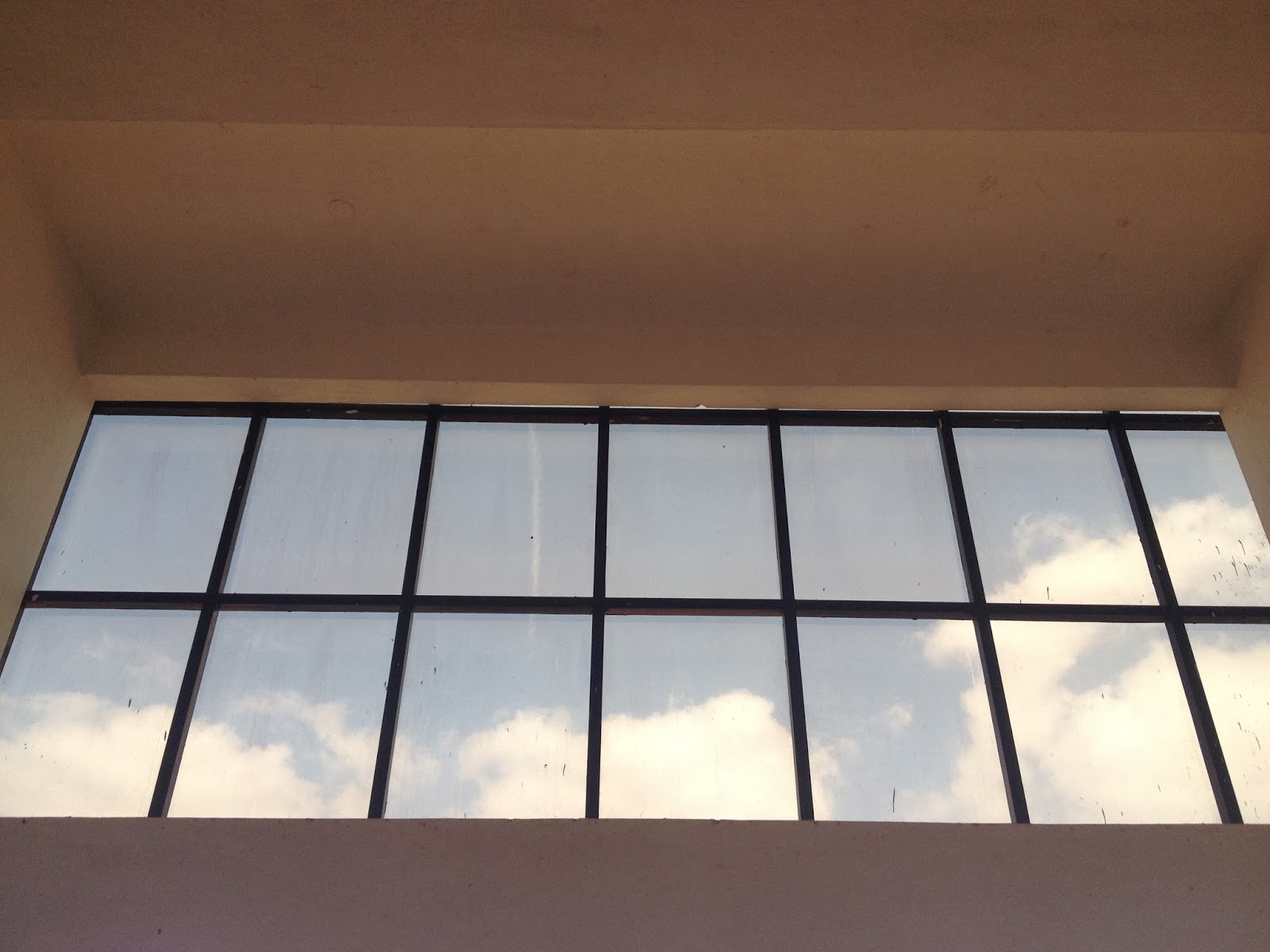I finally narrowed down on retaining my initial image: the sentence, "I might as well be blind" with the red background. However, I decided to experiment with another layer: the impact of a singular word on a viewer. Similar to how a word starts to look odd and meaningless if stared at long enough, I decided to experiment with the structure of sentences to see if they still retained meaning.
I finally made a gif of different combinations of the same sentence.
The fun part of this was what I discovered simply in making this basic gif. The different sentence combinations were overlapping in a way that once the final image is viewed, the words in the initial sentence start to come out. I found myself identifying the word "blind" simply jumping out at the image after the final sentence had appeared in the gif. This satisfied my experiment: regardless of the meaning of the sentence, individual words have an impact on a viewer in an intangible, distinctive way.
I wanted this sentence to take up a large space, so I had it put up on a projected against a dark white wall in the basement. This was my concept note:
Every day sight offers us an array of images: faces, trees, colours, life. Our brains mutate this sight, making it a complex, never-ending affair. Our brains force these images into significance, and project this significance onto our lives. We cannot seem to see, without believing. We are trapped by these images, by the singularity of the things we see.
In a time rapidly mutating into the future, we are perhaps left with pure, raw material. We are left with words that have the ability to weigh down on our brains, forcing communication. We are left with sight. We can behold a word - one of the purest forms of thought - and see it as an image, moving, changing, working within our minds. In a time where every day sight is so intertwined with belief - in a time where we are pained by what we see - perhaps it would be a simpler life, a utopian life, to believe blindly, to perhaps not see at all. You can see this image but it doesn’t make anything simpler. We might as well be blind.
I was all along aware that the actual work put into this was far too simplistic, and yet after I saw it up on that wall, I realised enough thought and ideation had been put into it that I felt utterly fulfilled during the exhibition. This was precisely my idea, and somehow I could sum it up in that image. It wasn't perfect, but it would do. I intend to play with a series of images like this, with different sentences, and also experiment side by side with photography that can match text in this manner. It opened up portals I hadn't explored before, and for this I am very, very grateful.










